
 Insurance plays a crucial role in your life’s financial security and stability. The various policies and coverages that make up your insurance portfolio can potentially ensure you’re able to endure accidents, natural disasters and unexpected circumstances that might otherwise incur devastating financial losses. These risks may be particularly prevalent for those who fail to identify and address common coverage gaps.
Insurance plays a crucial role in your life’s financial security and stability. The various policies and coverages that make up your insurance portfolio can potentially ensure you’re able to endure accidents, natural disasters and unexpected circumstances that might otherwise incur devastating financial losses. These risks may be particularly prevalent for those who fail to identify and address common coverage gaps.
This article can help you understand how and why specific gaps in your insurance could have significant financial ramifications for you and your family. Rinehart, Walters & Danner Insurance is focused on assisting you in not only identifying and understanding these possible pitfalls but also filling them and ensuring that your personal lines insurance portfolio offers fortified financial protection.
Common Personal Insurance Gaps
Your personal lines insurance portfolio may consist of several types of policies, each covering risks and exposures that might otherwise lead to significant financial losses. Despite how you may have assembled an appropriate collection of policies, each one might still be prone to having coverage gaps that could leave you vulnerable to unexpected situations. The aftermath of an accident or other losses is the worst time to realize you’re underinsured, so it’s essential to identify and address gaps before coverage is needed.
Consider the following common personal insurance coverage gaps:
Home insurance
Also known as homeowners insurance, this type of policy can be rife with coverage gaps if you’re not careful and do not work with a qualified professional. Be particularly mindful of the following possible gaps:
o Natural disaster exclusions—Certain natural disasters are often explicitly excluded from standard home insurance policies. For example, flood insurance must typically be purchased separately. Homeowners in certain parts of the country may also need coverage for earthquakes and windstorms.
o Coming up short of the 80% rule—Insurance carriers typically enforce the 80% rule, which states that homeowners must retain enough coverage to pay for at least 80% of the estimated cost of a complete rebuild of their home. Failing to do this could lead to lesser payouts following covered losses.
o Neglecting scheduled property coverage—Home insurance typically includes some coverage for personal possessions, but limits are often insufficient for those with significant valuables, such as fine art and jewelry. Additional coverage options, such as scheduled property coverage, may be necessary to ensure policyholders can recoup losses involving treasured items.
Auto insurance
These policies may also be referred to as car insurance and are often legally required. Still, while one of the most commonly purchased types of insurance, auto coverage is easily misunderstood, necessitating awareness of the following possible errors:
o Fulfilling only minimum requirements—While most states require motorists to carry certain levels of coverage, such as third-party liability coverage, simply complying with such mandates may not be enough. For example, many states do not require collision coverage, but if you crash your car, this part of a policy could be critical in ensuring you can repair or replace your vehicle.
o Lacking gap coverage—Aptly named, lacking this component of an auto insurance policy could represent a significant hole in your coverage. Gap coverage can be critical in offsetting losses if you’ve financed your vehicle. If your car is totaled or stolen and you still owe more on your loan than the vehicle’s current value, this coverage can make up the difference and limit out-of-pocket losses.
Life insurance
The right life insurance policy can provide financial stability and peace of mind for you and your loved ones. However, insufficient or outdated coverage could have dire ramifications, exacerbating the already difficult circumstances of a grieving family. Avoid this hardship by considering the following potential shortcomings in your coverage:
o Relying on group coverage—Life insurance offered by an employer can be a valuable employee benefit; however, one should not depend on this as your only form of coverage. Group life insurance plans are typically tied to employment status, meaning that being let go or retiring would result in no remaining coverage.
o Insufficient limits—As a person’s circumstances change, they may need to adjust their life insurance policies. For example, having a child or gaining a dependent typically increases expected expenses. Without making adjustments to life insurance, payouts could be insufficient to provide for a deceased’s family.
Personal umbrella insurance
This type of insurance may not be as well known as others, but for many people, it can be just as important. An umbrella insurance policy casts an additional layer of financial protection over various liabilities that might exceed the coverage limits in other policies. Consider how personal umbrella insurance might help fill the following coverage gaps:
o Inadequate auto insurance—Even if you’ve fulfilled your auto insurance policy’s minimum liability coverage requirements, severe accidents could have greater costs. If several people are severely injured, many vehicles are damaged or losses otherwise amount to a sum greater than your auto coverage can handle, personal umbrella insurance can offer additional aid and limit out-of-pocket losses.
o Insufficient home insurance—Certain accidents and other incidents at your home could be exceptionally costly. For instance, if your home has attractive nuisances, such as a swimming pool, or you regularly host large gatherings, accidents affecting multiple guests or inflicting significant injuries could quickly exhaust the liability coverage limits in your home insurance policy. Without umbrella coverage, you’d be saddled with paying the remainder out of pocket.
How to Avoid Coverage Gaps
Now that you have a better understanding of common coverage gaps and the potential consequences of being underinsured, you can take steps to shore up your insurance portfolio. Consider the following steps:
- Appraise your belongings. One of the most effective ways to ensure you’re adequately covered is by being current on the value of what you’re insuring. Save receipts and document the condition of your possessions, and consider enlisting the assistance of professionals to appraise certain items, such as fine art and jewelry.
- Assess liability risks. Whether considering home, renters, auto or umbrella coverage, certain policyholders may need to manage greater liability risk levels. For example, if you have children or pets, you may want to retain more coverage in your home insurance policy. Similarly, additional financial security may be advisable if you have a teen driver listed on your policy.
- Consider recent life events. When your circumstances change, you should revisit your insurance policies. Getting married, having a child, buying a home or car, or moving should all trigger this process. Neglecting to account for life events in your insurance portfolio could lead to you being underinsured and your policies’ limits being incapable of covering losses.
- Understand endorsements and options. Familiarize yourself with all of the features and enhancements that might be available. While a standard home insurance policy may be sufficient most of the time, specific exclusions, such as for floods and hurricanes, could mean the difference between weathering a financial storm alone or being buoyed by financial aid.
- Enlist assistance. The knowledge and experience of a qualified insurance professional can be invaluable as you seek to purchase or reassess the components of your personal lines coverage.
Get the Right Coverage
In the wake of an accident, damage to your home or other incident involving financial losses, the last thing you want to hear is that your insurance isn’t capable of what you expected. Coverage gaps can quickly lead to unexpected expenses, potentially incurring far-reaching fiscal consequences that might upend your entire life.
At Rinehart, Walters & Danner Insurance, we’re committed to making sure that you and your family are adequately insured. Contact us today to learn more about personal lines coverage options and to ensure you’ve identified and remedied any coverage gaps.
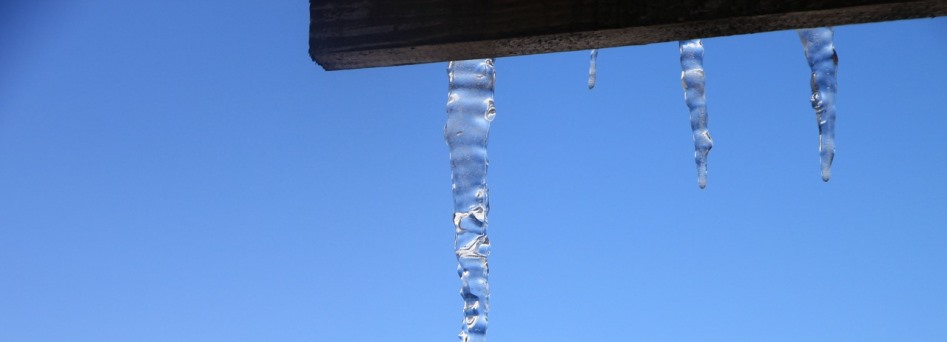
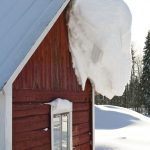
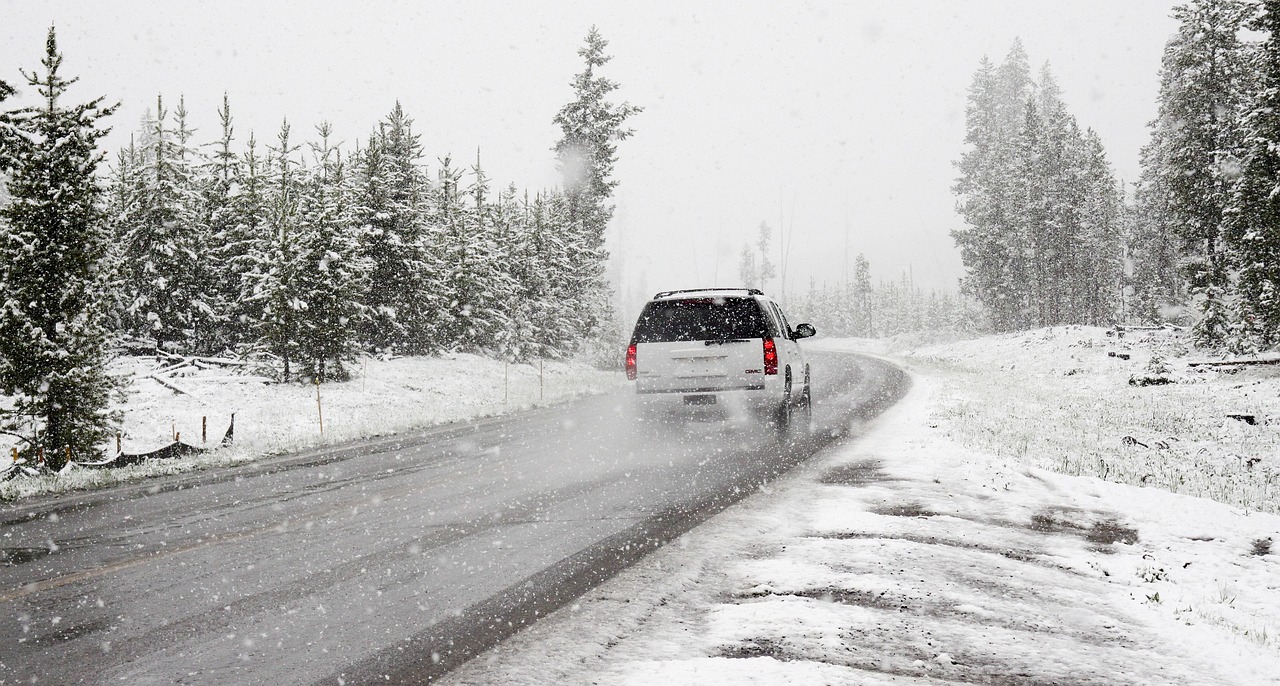
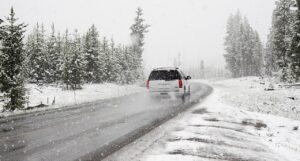






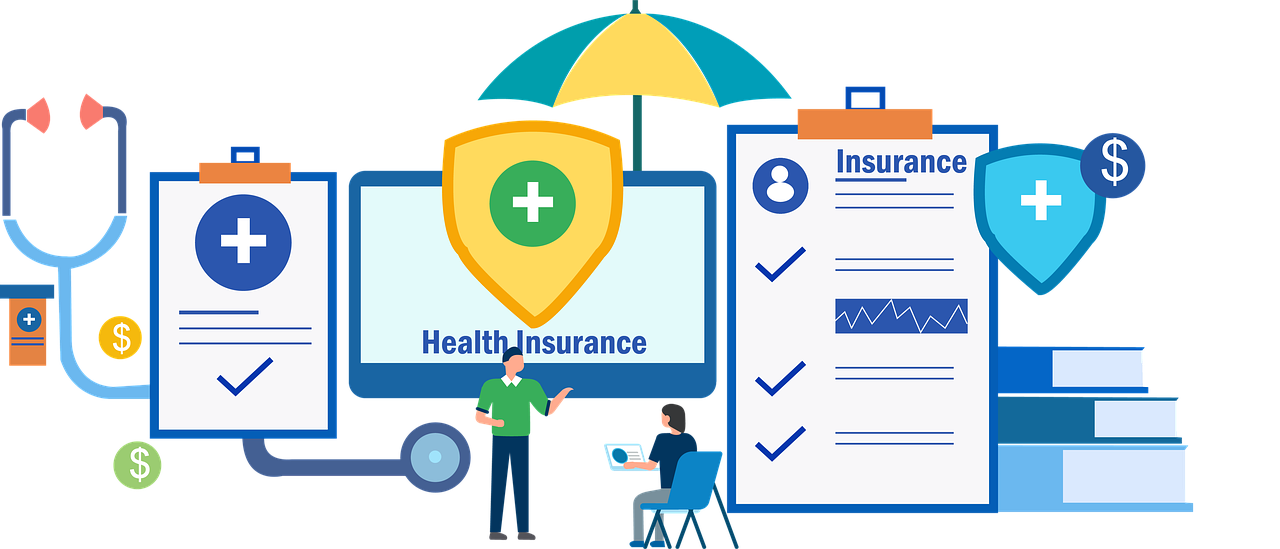

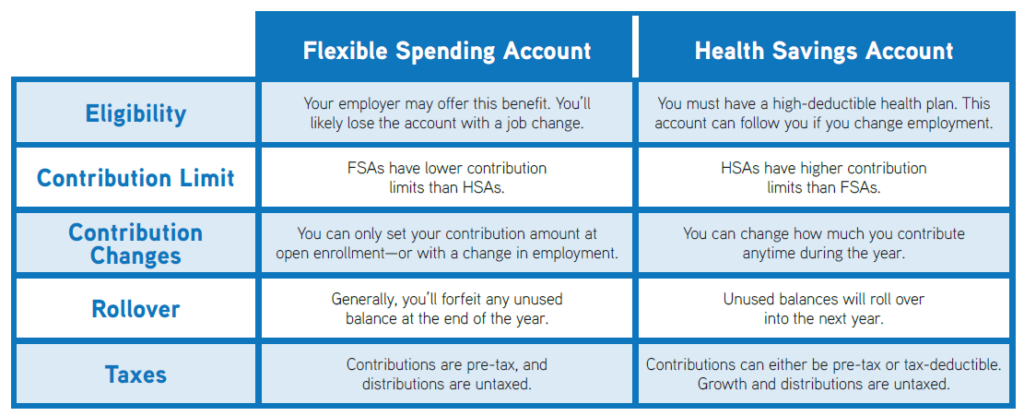



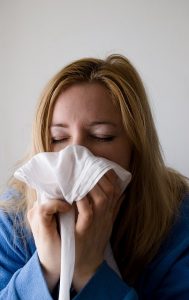 It’s that time of year again. The leaves are changing, the temperature is getting cooler, and you’re doing everything you can to avoid the flu. No one enjoys being sick, but some of us are more prone to sickness than others. Knowing where you are most likely to come into contact with germs and what you can do to prevent sickness are key for this fall season.
It’s that time of year again. The leaves are changing, the temperature is getting cooler, and you’re doing everything you can to avoid the flu. No one enjoys being sick, but some of us are more prone to sickness than others. Knowing where you are most likely to come into contact with germs and what you can do to prevent sickness are key for this fall season.